Filter News
Area of Research
News Topics
Media Contacts

In a project leveraging computer vision, machine learning, and sensors, Oak Ridge National Laboratory scientists are working with private company GRIDSMART Technologies, Inc. to demonstrate how stop lights can be programmed to improve fuel economy and reduce emissions.
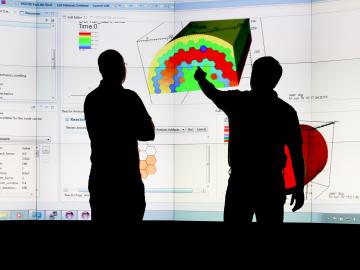

Long-haul tractor trailers, often referred to as “18-wheelers,” transport everything from household goods to supermarket foodstuffs across the United States every year. According to the Bureau of Transportation Statistics, these trucks moved more than 10 billion tons of goods—70.6 ...
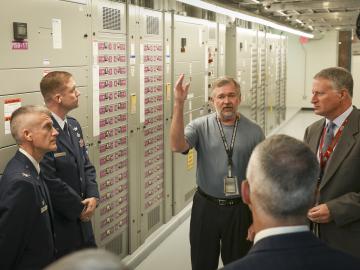
For the US military, accurate weather prediction is vital to both the planning and execution of worldwide missions. To extend its weather modeling capabilities, the US Air Force has joined the computing experts at the US Department of Energy’s (DOE’s) Oak Ridge National Laborato...
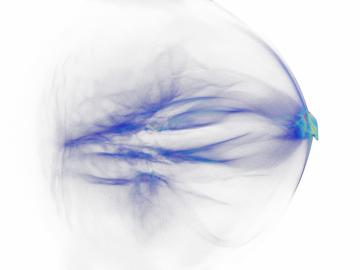
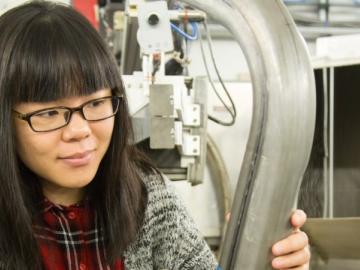


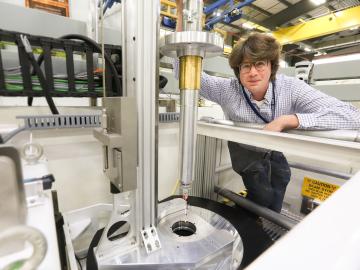
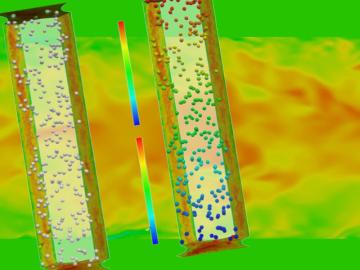
The intrinsic beauty of bubbles—those thin watery spheres filled with air or other gases—has long captured the imagination of children and adults alike. But bubbles are also a linchpin of nuclear engineering, helping to explain the natural world, predict safety issues and improve the...




